Cleanroom-Free Nanoelectrodes for Ultra-Sensitive Detection: From DNA Sensing to Electrochemical Lateral Flow Assay
llistat de metadades
Author
Director
Piper , Andrew
Merkoçi, Arben
Tutor
Gòdia Casablancas, Francesc
Date of defense
2025-03-03
Pages
242 p.
Doctorate programs
Universitat Autònoma de Barcelona. Programa de Doctorat en Biotecnologia
Abstract
The primary aim of my PhD thesis involves designing, developing, and implementing cleanroom-free nanoelectrodes. One of the main objectives is to devise a fabrication technique for producing nanoelectrodes that is both inexpensive and readily available. The study emphasizes using materials and equipment commonly found in research laboratories, making the technology more widely available and reducing the financial barrier for researchers worldwide. Another objective is to demonstrate how these nanoelectrodes can be combined into more complex devices, such as complete three-electrode systems. By integrating these nanoelectrodes into an electrochemical lateral flow assay (eLFA) system, this work seeks to enhance the sensitivity and reliability of biomarker detection for diagnostic purposes.
The primary aim of my PhD thesis involves designing, developing, and implementing cleanroom-free nanoelectrodes. One of the main objectives is to devise a fabrication technique for producing nanoelectrodes that is both inexpensive and readily available. The study emphasizes using materials and equipment commonly found in research laboratories, making the technology more widely available and reducing the financial barrier for researchers worldwide. Another objective is to demonstrate how these nanoelectrodes can be combined into more complex devices, such as complete three-electrode systems. By integrating these nanoelectrodes into an electrochemical lateral flow assay (eLFA) system, this work seeks to enhance the sensitivity and reliability of biomarker detection for diagnostic purposes.
The primary aim of my PhD thesis involves designing, developing, and implementing cleanroom-free nanoelectrodes. One of the main objectives is to devise a fabrication technique for producing nanoelectrodes that is both inexpensive and readily available. The study emphasizes using materials and equipment commonly found in research laboratories, making the technology more widely available and reducing the financial barrier for researchers worldwide. Another objective is to demonstrate how these nanoelectrodes can be combined into more complex devices, such as complete three-electrode systems. By integrating these nanoelectrodes into an electrochemical lateral flow assay (eLFA) system, this work seeks to enhance the sensitivity and reliability of biomarker detection for diagnostic purposes.
Keywords
Subjects
09 - Manuscripts. Rare and remarkable works



